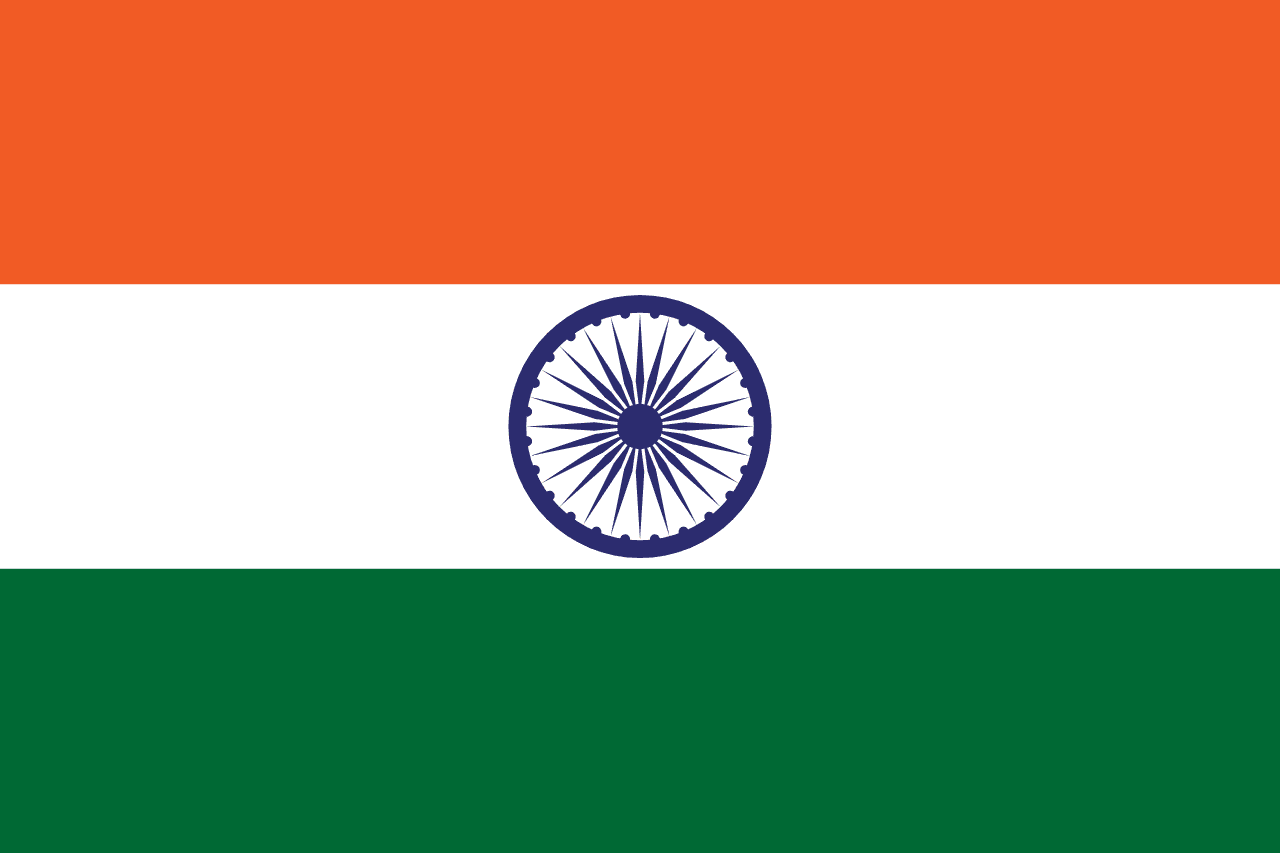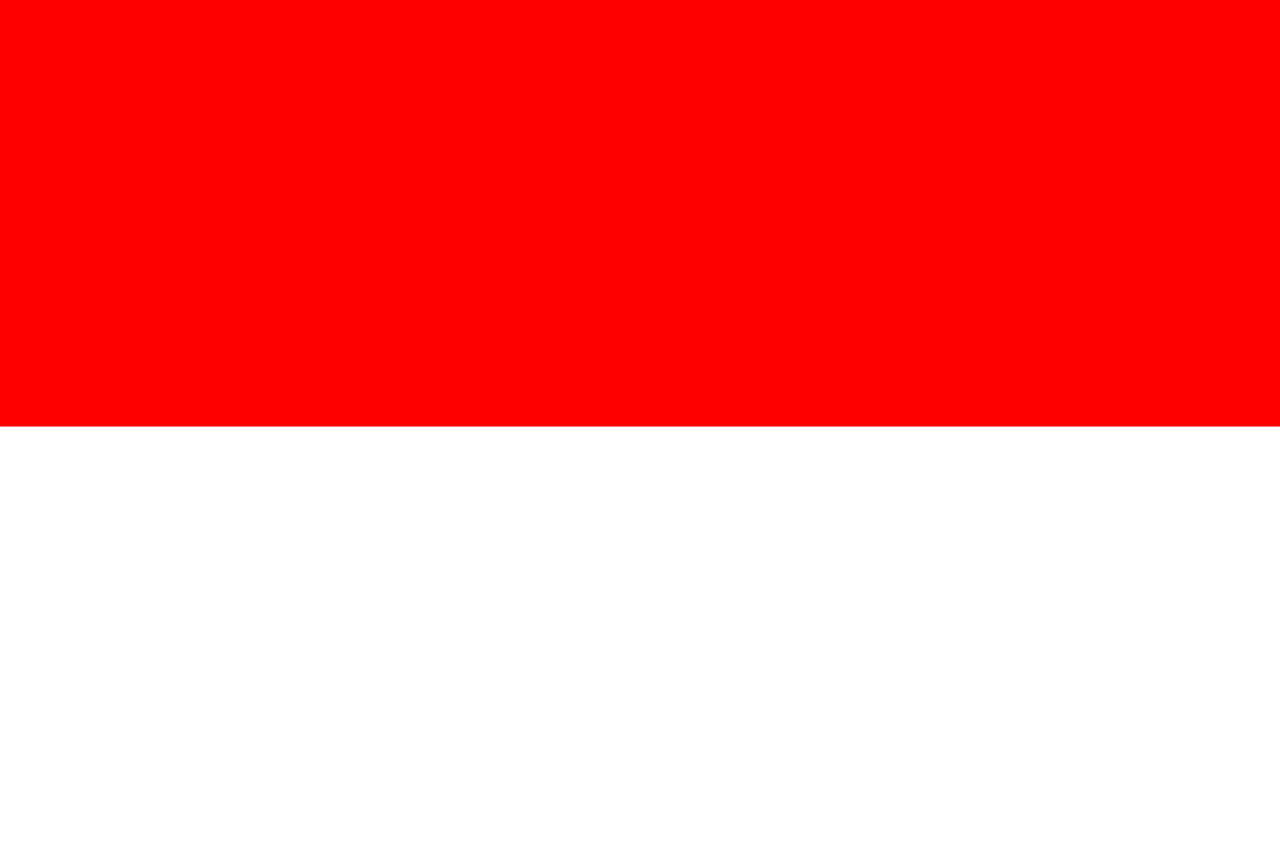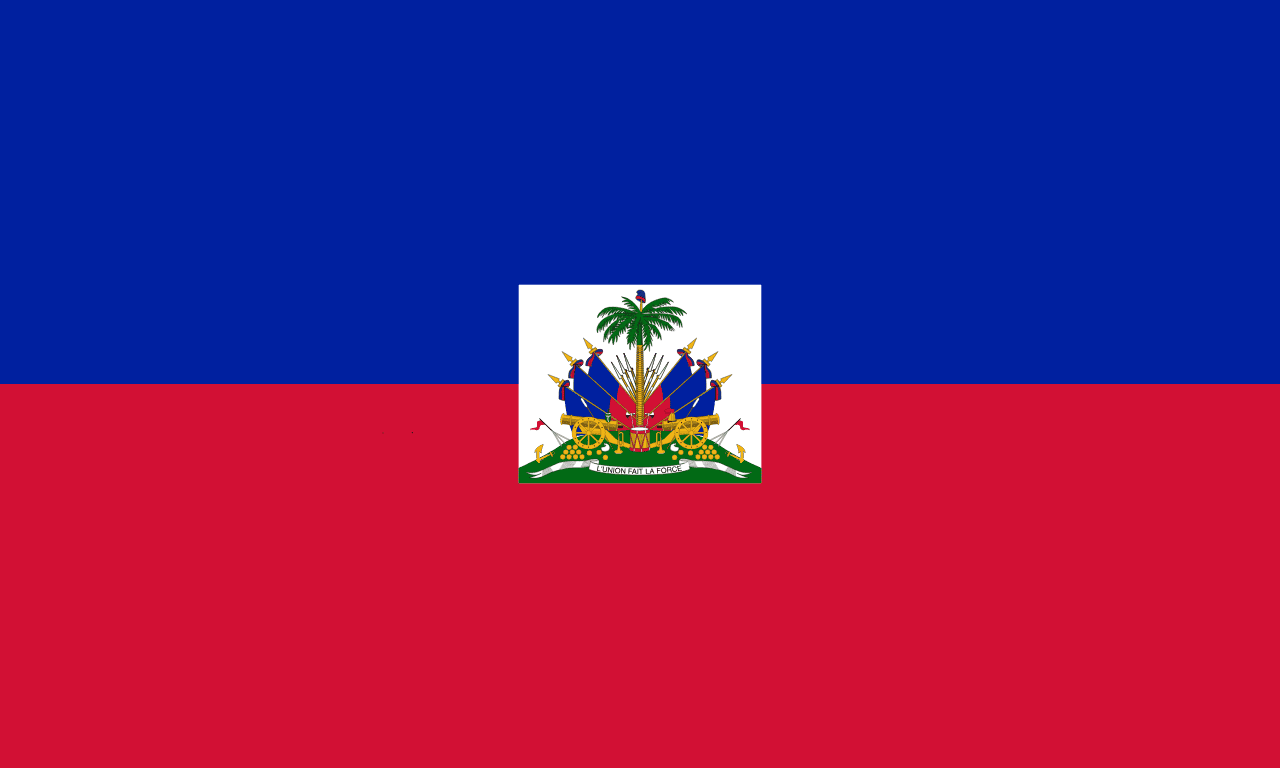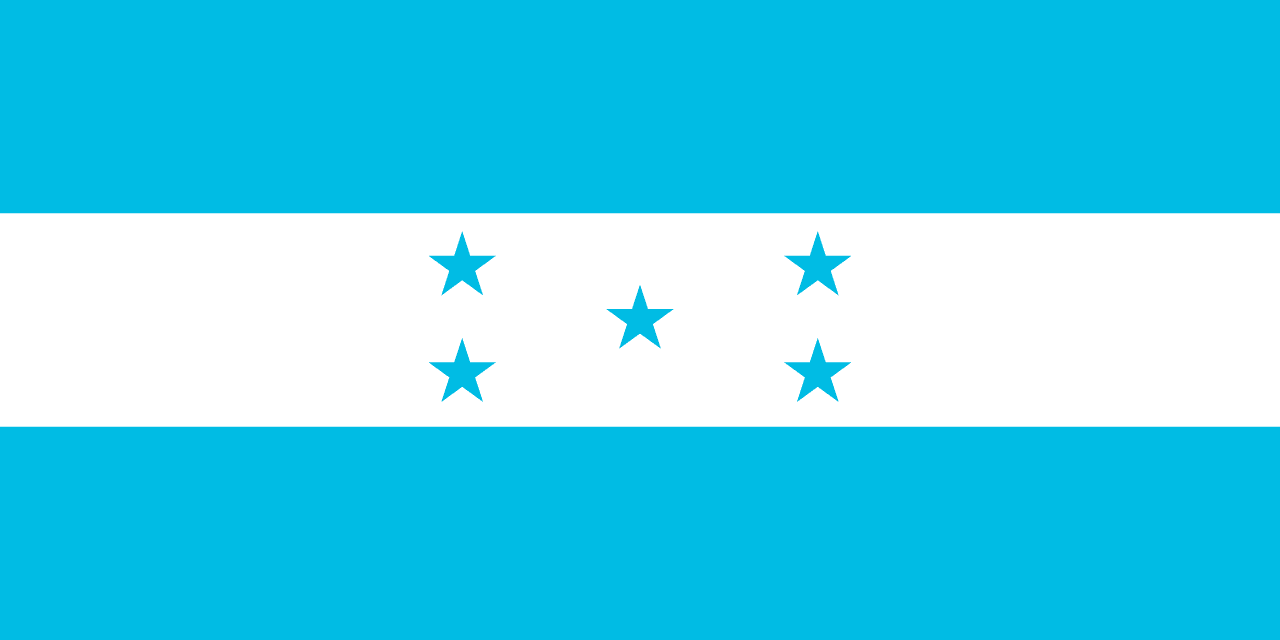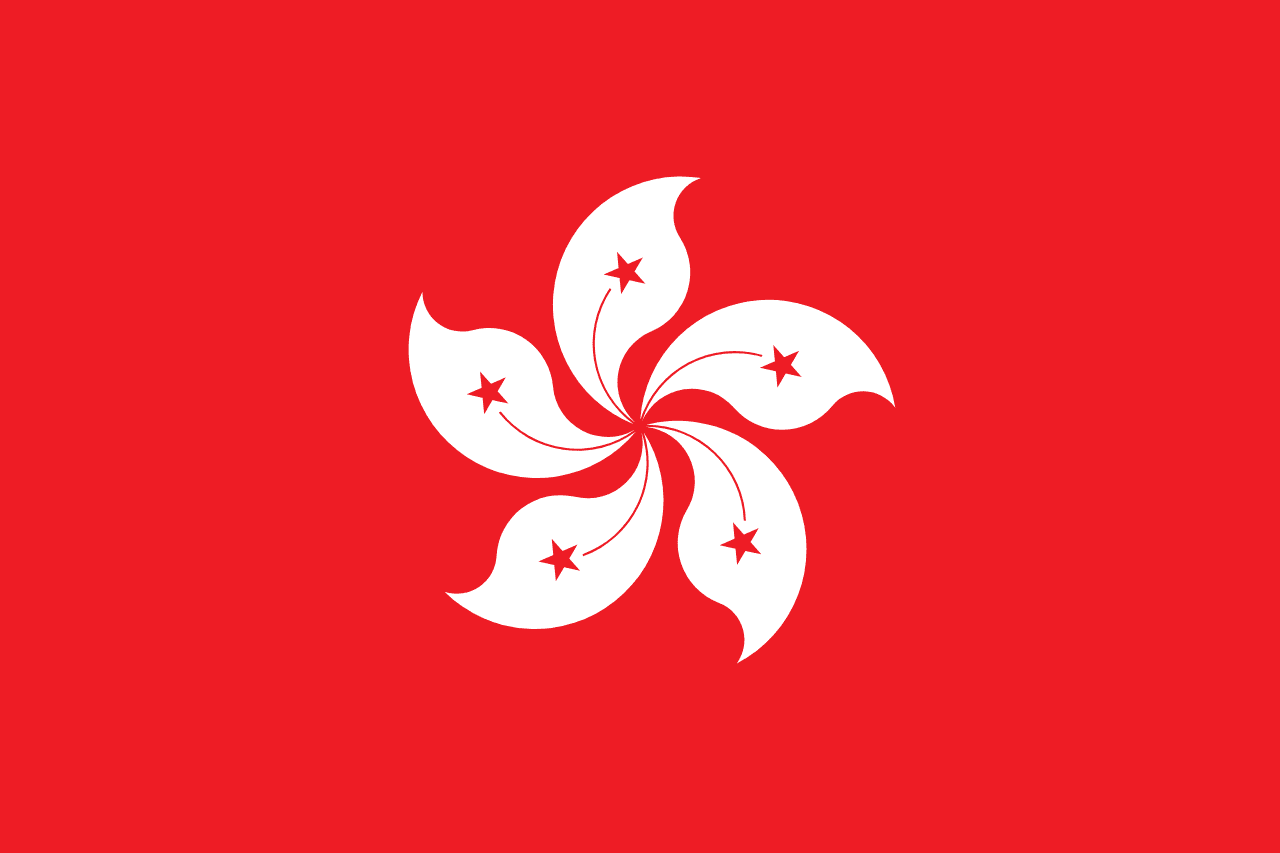The flag of Hungary consists of three equal horizontal stripes: red on top, white in the middle, and green on the bottom. This tricolor design, rich in symbolism and historical significance, has been a powerful emblem of Hungarian national identity for centuries.
Hungary information
| National Flag Day | March 15, August 20, October 23, October 12 |
| Sovereign state | Yes |
| Official name | Hungary |
| Capital | Budapest |
| Population | 9,855,571 |
| Area | 93,030 km² |
| Currency | Forint (HUF) |
| Language | Hungarian |
| Continent | Europe |
| Region | Central Europe |
| Subregion | Carpathian Basin |
| Borders | Austria, Croatia, Romania, Serbia, Slovakia, Slovenia, Ukraine |
| Timezone | CET (UTC+1), CEST (UTC+2) |
| Calling code | +36 |
| Top-level domain | .hu |
History of the Hungarian flag
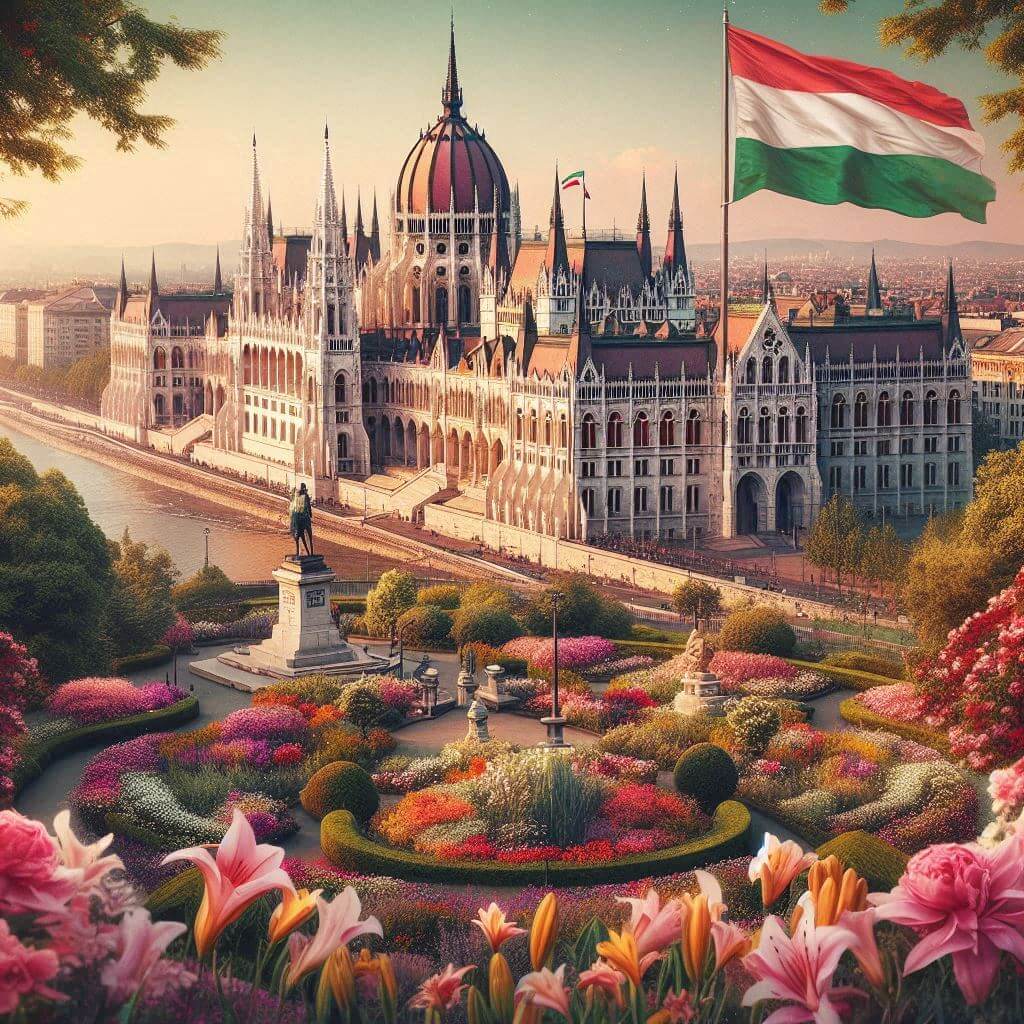 The current design of the Hungarian flag was
officially adopted on October 12, 1957, but its origins date back much
further. The tricolor pattern first emerged as a symbol of Hungarian
nationalism during the 1848 Revolution against Habsburg rule. This
revolution, though ultimately unsuccessful, played a crucial role in shaping
modern Hungarian identity.
The current design of the Hungarian flag was
officially adopted on October 12, 1957, but its origins date back much
further. The tricolor pattern first emerged as a symbol of Hungarian
nationalism during the 1848 Revolution against Habsburg rule. This
revolution, though ultimately unsuccessful, played a crucial role in shaping
modern Hungarian identity.
The colors of the flag are derived from the medieval coat of arms of Hungary, which featured red and white stripes and a green hill. These colors have been associated with Hungary since at least the 13th century. Throughout Hungary's tumultuous history, including periods of foreign domination and communist rule, the tricolor flag has remained a constant symbol of Hungarian nationhood and aspirations for independence.
During the 1956 Hungarian Revolution against Soviet control, protesters cut out the communist coat of arms from the center of the flag, creating a powerful symbol of resistance that is still remembered today.
Symbolism and design of the Hungarian flag
Each color in the Hungarian flag carries deep symbolic meaning:
- Red: Symbolizes strength, blood shed for the fatherland, and the virtues of valor and courage.
- White: Represents faithfulness, purity, and the ideals of freedom and peace.
- Green: Stands for hope, abundance, and the fertile lands of Hungary.
The horizontal arrangement of these colors is significant, with some interpreting the white stripe as representing the Danube River flowing between the red soil and green fields of Hungary.
It's worth noting that while these color interpretations are widely accepted, they are not officially codified. The symbolism has evolved over time, reflecting changing national narratives and historical contexts.
The simplicity of the tricolor design allows for easy recognition and reproduction, contributing to its enduring popularity as a national symbol.
Usage and significance of the Hungarian flag
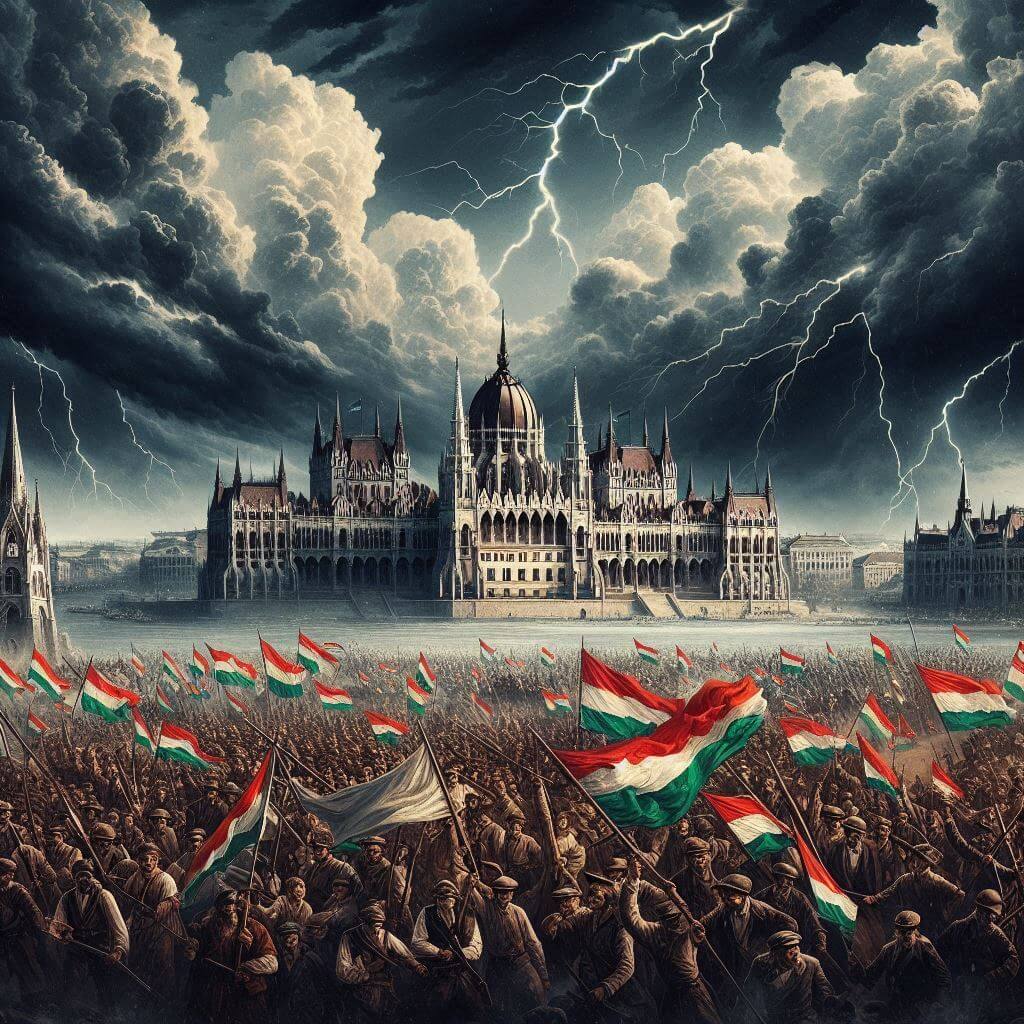 The Hungarian flag plays a central role in national life and is a source of
great pride for Hungarians. It is prominently displayed on government
buildings, schools, and during official ceremonies and national holidays. Key
occasions for flag display include:
The Hungarian flag plays a central role in national life and is a source of
great pride for Hungarians. It is prominently displayed on government
buildings, schools, and during official ceremonies and national holidays. Key
occasions for flag display include:
- March 15: Commemorating the 1848 Revolution
- August 20: St. Stephen's Day, celebrating the foundation of the Hungarian state
- October 23: Remembering the 1956 Revolution
The flag is also an important symbol at sporting events, where it represents Hungarian athletes on the international stage. During the Olympic Games and other international competitions, the sight of the Hungarian flag often evokes strong emotions of national pride.
In everyday life, many Hungarians display the flag as a patriotic gesture, especially during national celebrations or times of unity. The flag's presence in public spaces serves as a constant reminder of Hungary's rich history and cultural heritage.
Interesting facts about the Hungarian flag
- The Hungarian tricolor shares its color scheme with the Italian flag, though in a different arrangement. This similarity has occasionally led to confusion at international events.
- During the communist era (1949-1989), the flag bore the communist coat of arms in its center. The removal of this emblem during the 1956 revolution became a powerful symbol of resistance.
- The exact shades of red and green in the flag have varied over time. In 2009, the Hungarian parliament standardized the colors to ensure consistency in flag production.
- Hungary has a separate state flag that includes the national coat of arms in the center, used for official government purposes.
- The Hungarian flag inspired the design of other flags in the region, including those of Bulgaria and Tajikistan.
- In Hungarian heraldry, the colors of the flag are often associated with specific virtues: red with strength, white with fidelity, and green with hope.

